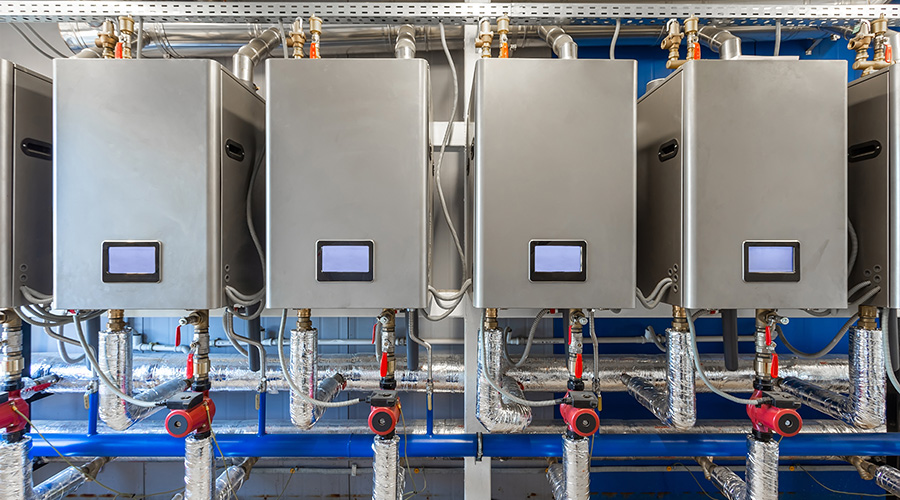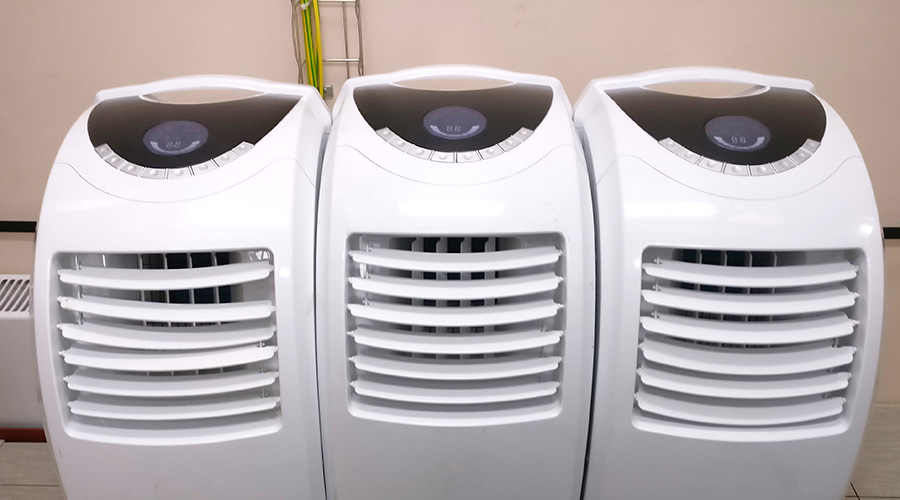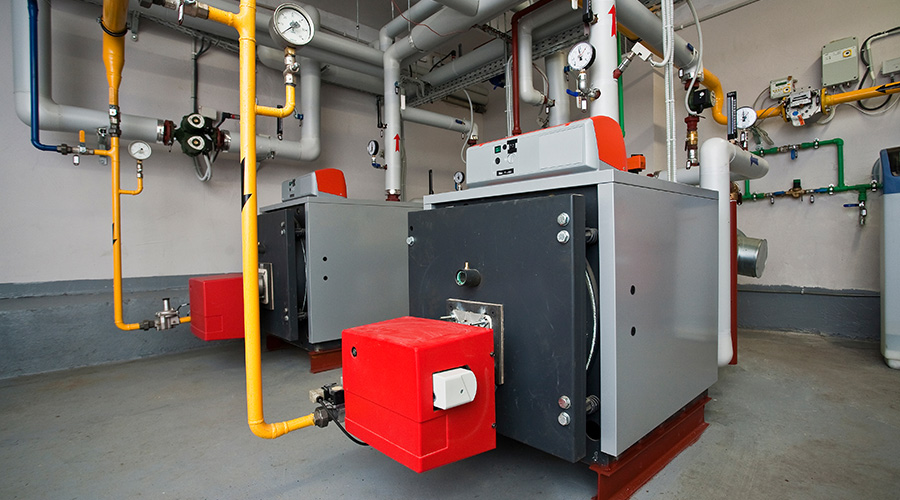Sealing in Savings: System Plugs Costly Leaks in HVAC Systems
The hunt for ways to improve the energy efficiency of HVAC systems is a never-ending process. Now, scientists might have figured out a way to help — an aerosol-based system designed to seal leaks in the ducts of large institutional buildings.
Researchers at the U.S. Department of Energy’s Lawrence Berkeley National Laboratory have developed the mobile aerosol-sealant injection system (MASIS) based on an aerosol duct-sealing device previously developed at the lab. The original device helps to reduce energy loss in residential and small commercial buildings by injecting an aerosol sealant into ducts. The aerosol flows through ductwork, gradually building up a flexible seal over leaks. But the technology could not address the problems of more complex, larger HVAC systems, which have large trunks, numerous branches and high-tech components.
“One problem is that large aerosol particles from a residential-scale duct sealer would fall out of the air stream too quickly to seal leaks effectively in these larger commercial ducts,” says Duo Wang, the developer of MASIS. “Another problem is that the branch systems often contain coils that cannot be exposed to aerosol sealants.
“To increase the flow of aerosol sealant in larger ducts, we designed a sealing system that uses a number of compact aerosol injectors. Several of these are installed along the trunk line of a commercial building duct, injecting aerosol simultaneously.”
The injectors, or induced-cooling pneumatic atomizers, can be moved as needed. To seal duct branches, injectors are installed downstream of the coils; each branch seals independently through a one-time application.
Monitoring Success
MASIS also incorporates a sealing-process monitoring system. A pressure sensor and airflow meter continuously monitor the pressure and airflow inside ductwork during the sealing process. As ductwork becomes tighter, pressure increases and airflow decreases.
The laboratory ran longevity tests on the sealant applied to residences and has found no failures to date. The team first applied the residential sealant in 1994. Since then, approved contractors have sealed ducts in 5,000 homes and several hundred small buildings. Five large commercial buildings took part in research for MASIS.
Wang says his team tested the sealant from –5 to 212 degrees and found no seal degradation. Seals also have stood up to pressure of more than 5,000 Pascals in leaks up to 1&Mac218;2-inch in diameter. And duct cleaning has not been shown to harm the seal.
The sealant is vinyl acetate copolymer, the same base material used in chewing gum. It was designed to encapsulate soot in a duct after a fire but is also used in applications such as coatings, lamination and injection molding.
Quantifying Savings
The lab still is trying to determine the savings for enterprises using MASIS. When researching the original residential system, the team found that homes with ducts in contact with outside air wasted an average of 20 percent of all heating and cooling energy because of leaks. They expect similar findings in large-building HVAC systems, Wang says.
“Our recent measurements in an existing large commercial building confirmed earlier, elementary predictions that duct leakage can significantly increase HVAC system energy consumption,” Wang says. “Adding 15 percent duct leakage at operating conditions leads to an increase in fan power of about 25 to 35 percent.”
Related Topics:











